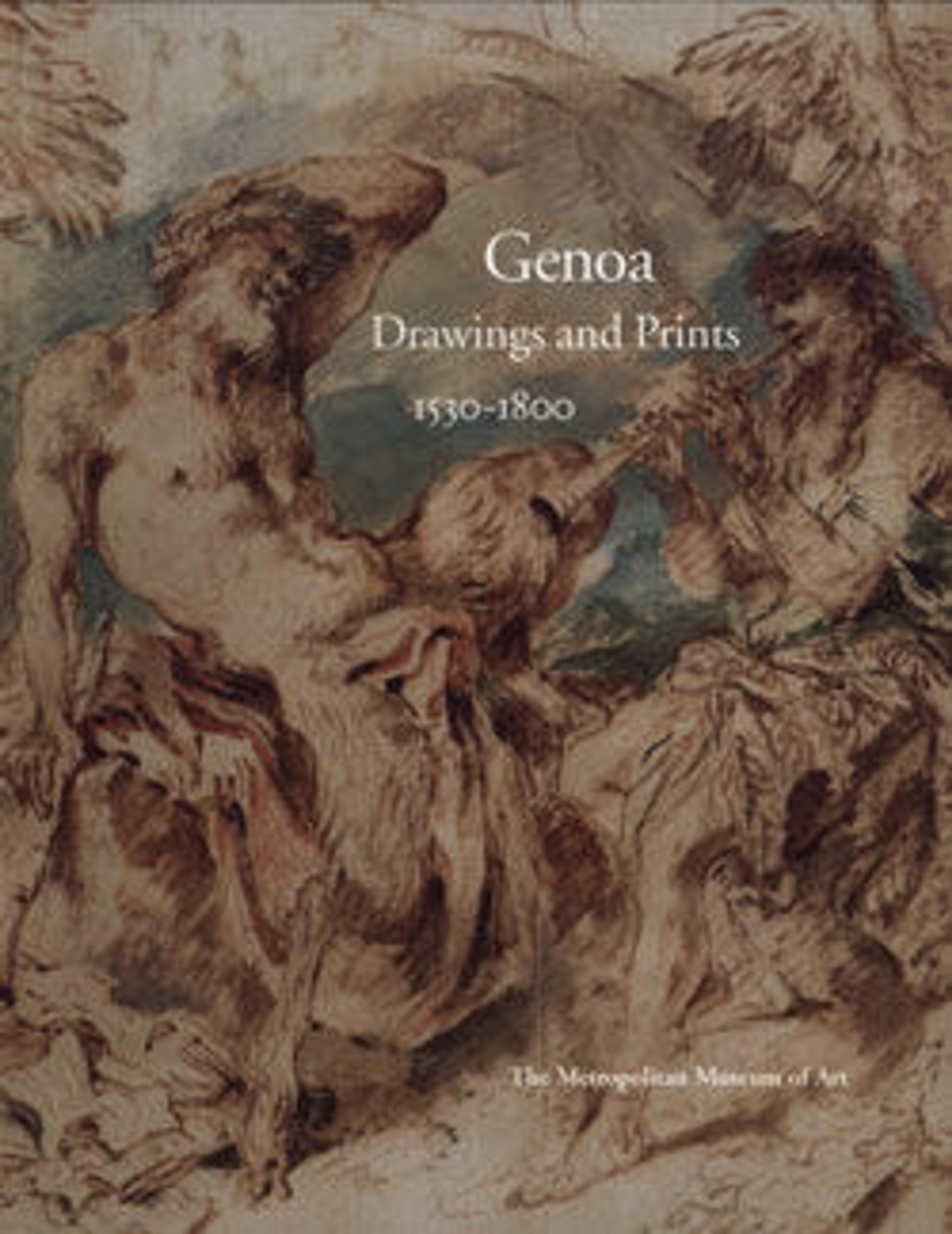Coverlet
Coverlets made by Harry Tyler are perhaps the most recognized and appreciated examples of classic New York State doublecloth coverlets. More than three hundred examples of his work are known to be extant. This coverlet is an example of the Tyler workshop’s early products made between 1834 and the early 1840s, which are known for their appealing trademark corner block showing a large and handsome lion. The field is decorated with stylized floral, star, and snowflake designs set in a diagonal grid pattern, while the border has clearly representational fruit trees alternating with a picket fence. Tyler coverlets made from the mid-1840s on, (see 1997.343), have corner blocks with American eagles surmounted by stars; according to family history, this change took place because Tyler’s oldest son Elman opined that the lion, the symbol of England, should be replaced with a more patriotic American motif. Over the twenty-four years that Tyler was weaving, from 1834 to 1858, he made small (and sometimes large) changes to the look of the corner blocks and field designs of his coverlets each year in order to keep up with the popular design trends of his day.
Artwork Details
- Title: Coverlet
- Maker: Harry Tyler (1801–1858)
- Date: 1839
- Geography: Made in Jefferson County, New York, United States
- Culture: American
- Medium: Wool, cotton, woven
- Dimensions: 83 1/2 x 75 1/2 in. (212.1 x 191.8 cm)
- Credit Line: Purchase, Mrs. Roger Brunschwig Gift, 1993
- Object Number: 1993.369
- Curatorial Department: The American Wing
More Artwork
Research Resources
The Met provides unparalleled resources for research and welcomes an international community of students and scholars. The Met's Open Access API is where creators and researchers can connect to the The Met collection. Open Access data and public domain images are available for unrestricted commercial and noncommercial use without permission or fee.
To request images under copyright and other restrictions, please use this Image Request form.
Feedback
We continue to research and examine historical and cultural context for objects in The Met collection. If you have comments or questions about this object record, please contact us using the form below. The Museum looks forward to receiving your comments.
